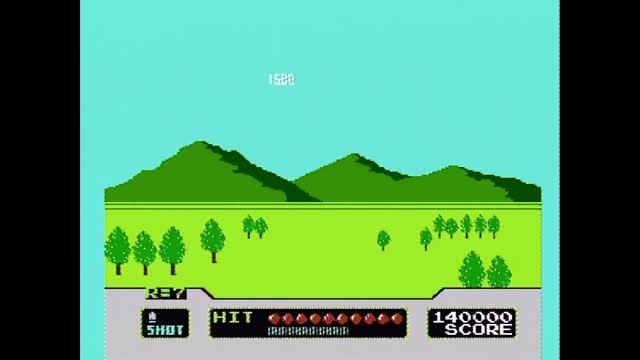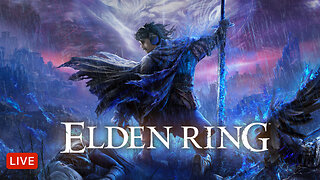Premium Only Content

Duck Hunt - Clay Shooting (Actual NES Capture)
[Note: This video and description were originally posted on Youtube in January of 2015.]
This is a capture of me playing the Clay Shooting mode (Game C) in Duck Hunt for the NES. This is not an emulator. This footage was captured directly from my front-loading NES using a real Super Mario Bros./Duck Hunt cartridge and the NES Zapper.
Nintendo recently released this game on the Wii U Virtual Console to coincide with the Duck Hunt dog's inclusion in Super Smash Bros., so I figured it was a good time to post new 60 fps footage of the game running on the original hardware.
My mother bought our family an NES Action Set (gray Zapper version) back around 1988 or 1989, so the NES was my first console and the Super Mario Bros./Duck Hunt cartridge was probably the first game I played.
I remember playing this game in between bouts of Super Mario Bros. and a bunch of other games that we later purchased. Duck Hunt was a fun little game to play in between the larger games like Mario or Zelda. At the very least, if you had an NES Action Set but no additional games, you could play two different titles right out of the box (Nintendo gave you a lot of bang for your buck during the NES era).
Clay Shooting is an excellent mode and gives this game some variety. In some ways it's easier than the 2 Ducks mode since the clay pigeons don't zig zag, but it's still quite challenging. Once again, I made it to Round 21 then intentionally got a game over to show the Game Over screen. The rounds just keep repeating after level 20, so I didn't feel like playing past that point. I've heard that the game glitches after Round 99, but I've never made it that far.
The Zapper won't work with an HDTV, so I used my old Philips Magnavox CRT TV to play the game. Since the Hauppauge only outputs through component cables (a format not supported by my old TV), I used a distribution amplifier to split the NES's audio/video signal and send one set of cables to the CRT TV while sending another set of cables to a DVD Recorder, which was then connected to the Hauppauge.
Recorded with the Hauppauge HD PVR and a composite connection at 60 frames per second. I used a Toshiba model D-R550 DVD Recorder to upconvert the NES's native 240p signal to 480i so that the Hauppauge could capture the console's audio/video signal.
-
 32:52
32:52
WatchmeplayNintendo
6 days agoThe Legend of Zelda: Twilight Princess Playthrough (Wii) - Part 20
41 -
 47:17
47:17
Kimberly Guilfoyle
13 hours agoWoke Gets DOGE’d, Live with AJ Rice & Jarrett Stepman | Ep. 197
124K43 -
 20:11
20:11
Candace Show Podcast
11 hours agoBecoming Brigitte: Candace Owens x Xavier Poussard | Ep 6
186K330 -
 8:25:38
8:25:38
Dr Disrespect
16 hours ago🔴LIVE - DR DISRESPECT - ELDEN RING DLC - REVENGE
190K22 -
 54:22
54:22
LFA TV
1 day agoThe End of the Trans-Atlantic Alliance | TRUMPET DAILY 2.17.25 7PM
47.7K7 -
 55:56
55:56
BIG NEM
14 hours agoUGLY COCO: The Rapper Who’s Tried EVERY PSYCHEDELIC 🌌
20.6K1 -
 1:42:51
1:42:51
2 MIKES LIVE
12 hours ago2 MIKES LIVE #181 Deep Dive Monday!
25.4K3 -
 1:57:43
1:57:43
Quite Frankly
13 hours ago"Low Tide at The Pier: Munich Tears" 2/17/25
37.1K19 -
 27:44
27:44
The Based Mother
13 hours ago $0.77 earnedBOOK BAN LIES. Karen England and the MSM fairy tale that books are being “banned” by fascists
18.1K3 -
 1:01:52
1:01:52
In The Litter Box w/ Jewels & Catturd
1 day agoBest Presidents' Day Ever! | In the Litter Box w/ Jewels & Catturd – Ep. 743 – 2/17/2025
112K67